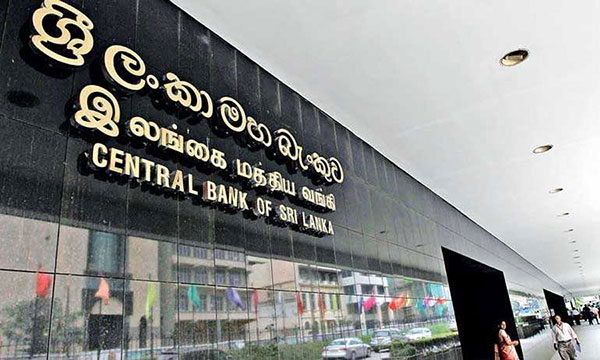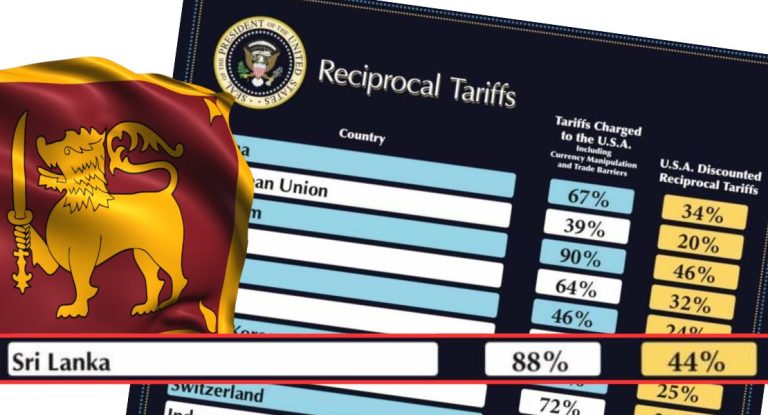In a move aimed at bolstering economic growth, the Central Bank of Sri Lanka (CBSL) has cut interest rates by 25 basis points. This decision, announced on July 24, reduces the Standing Deposit Facility Rate to 8.25% and the Standing Lending Facility Rate to 9.25%. The central bank’s move is intended to sustain the revival of economic activity, as the country continues to recover from its most severe financial crisis in decades.
The rate cut comes despite the expectations of nine out of fourteen economists and analysts polled by Reuters, who had predicted that the monetary authority would keep interest rates unchanged to mitigate political uncertainty. The central bank’s action aligns with its commitment to maintaining eased monetary conditions, as long as inflationary pressures remain minimal.
The Sri Lankan economy is forecasted to grow by 3% in 2024, bolstered by a $2.9 billion lending program secured by the International Monetary Fund (IMF) early last year. This follows a significant contraction, with the economy shrinking by 7.3% in 2022 and 2.3% in 2023, due to a record shortfall in dollar reserves and substantial debt levels that led to a severe financial crisis.
Inflation has significantly dropped to 1.7% in June, a stark contrast to the peak of 70% in September 2022 during the height of the crisis. The government has also cut power tariffs by 22.5% and reduced fuel and cooking gas prices, which analysts believe will complement the CBSL’s efforts to foster economic growth.
Thilina Panduwawala, head of research at Frontier Research, noted that the rate cut is intended to reinforce the uptick in private-sector credit growth observed in May and June. However, he cautioned that this latest reduction might not propel growth beyond the projected 3%, especially with the upcoming presidential elections adding a layer of uncertainty to the economic landscape.
In summary, the CBSL’s rate cut is a strategic measure to stimulate economic growth and navigate the post-crisis recovery phase, leveraging the current low inflation environment and the support of the IMF’s financial assistance program.








